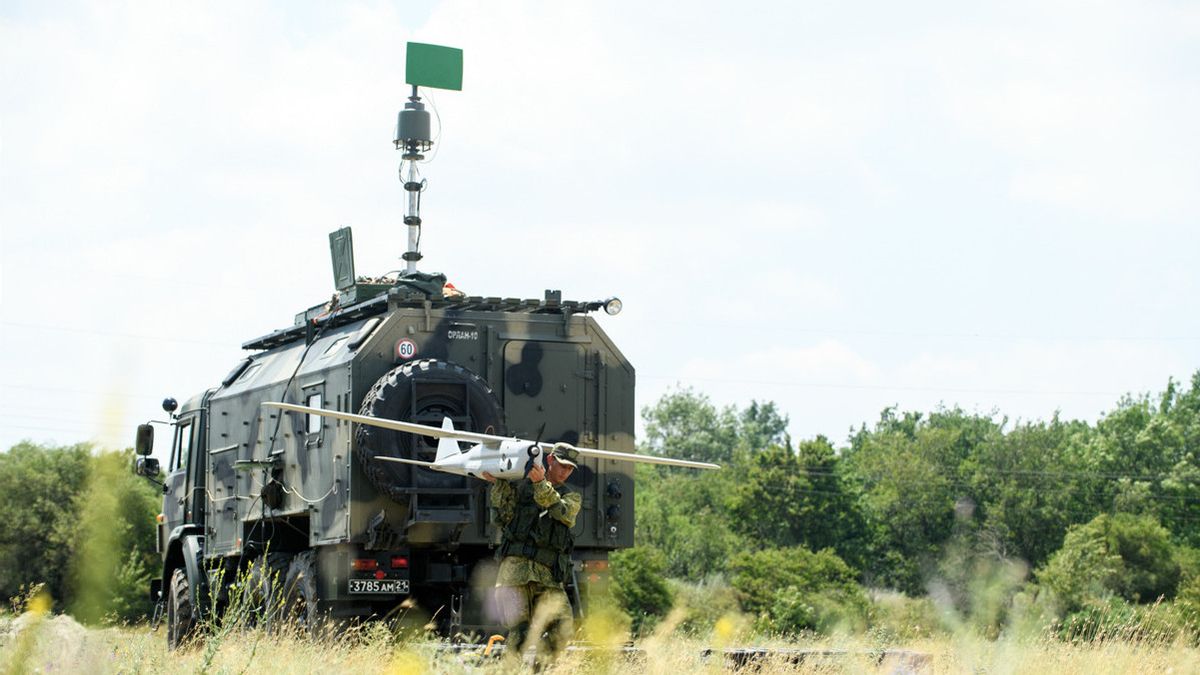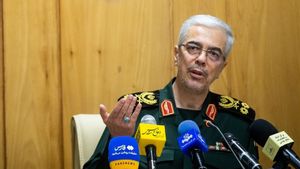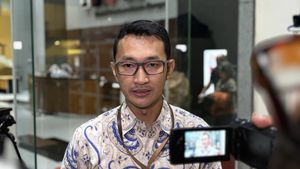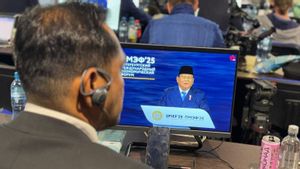JAKARTA - Russian specialists will test hot air balloons carrying communication systems for unmanned aerial vehicles capable of increasing the range of FPV (First Person View) drones up to 40 km in the special operating zone, a technician said.
"The candidate is made of a low-pressure polyethylene equipped with a video camera. Testing is scheduled for the next two months and will take place in the back areas of special operations in collaboration with drone operator schools," a product technician who introduced himself to TASS under Cat Behemoth's call, as quoted November 27.
"The candidate is planned to be used to distribute signals from repeaters so that drone operators can see further and vehicles can fly further," he continued.
"Precisely, the balloon is capable of increasing the drone's operating range by up to 70 kilometers, but it has to be practically 40 kilometers away, because our soldiers do not need to fly further," explained the technician.
In the future, the balloon is planned to operate from behind special military operations.
"The candidate is planned to be used from the back areas of special operations: the balloon will distribute signals outside the zero line. The balloon material is not visible to radar. Its round shape is another feature that makes it difficult to detect the balloon," said the specialist.
The Russian invasion of Ukraine in February 2022 became a test ground for drone warfare technology, and both sides used attack and reconnaissance drones extensively on the battlefield.
SEE ALSO:
Recently, both sides developed drones with artificial intelligence (AI) capabilities on the battlefield, along with the launch of an Electronic Warfare (EW) system that disrupted signals between pilots and drones by Russia and Ukraine.
The English, Chinese, Japanese, Arabic, and French versions are automatically generated by the AI. So there may still be inaccuracies in translating, please always see Indonesian as our main language. (system supported by DigitalSiber.id)


















